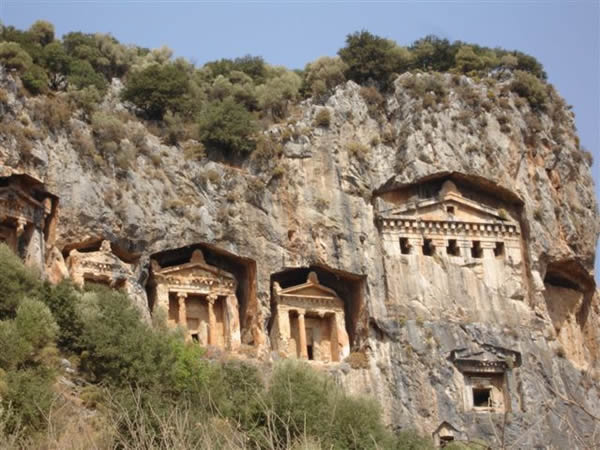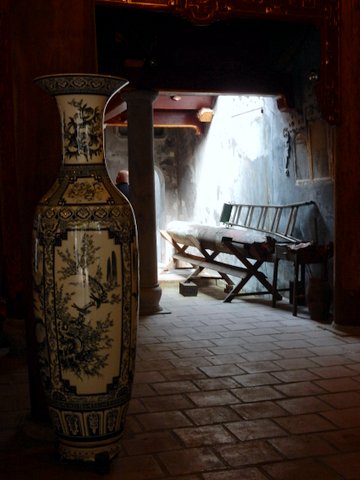Life at the Bottom: the Real Minimum Wage Saga

News Analysis With a Sense of Humor








The century following World War I has been a century in which blood and ideas have flowed freely. As a consequence of the war and the Treaty of Versailles which ended it:
1. The Russian Revolution ushered in communism, and later the Cold War.
2. Britain and France carved up the Middle East with boundaries that created new countries, such as Iraq and Saudi Arabia, without regard to the promises that had been made to the Arabs during the war or regard for their sensibilities.
3. The Ottoman Empire fell, making way for modern Turkey.
4. The Austro-Hungarian Empire fell, changing the face of central and eastern Europe.
5. Monarchical rule ended in Europe.
6. Germany was so emasculated by the peace that the ascent of Adolf Hitler was possible.
7. Mechanized war was perfected with industrialized killing by gun, bomb and, for the first time, aircraft was unleashed.
8. The combatants lost the cream of their crop of young men, many of who would have risen to affect the 20th century after the war. The consequences of the loss of a generation of a young men can be speculated upon, but not calculated.
9. The stage was set for the United States — which played a decisive role in the war from the spring of 1917 on, but was not as deeply affected as the European powers — to become the dominant nation in the later part of the 20th century and to this day.
10. The social order throughout Europe began to liberalize. Its feudal underpinnings would remain until World War II, but there was a loosening of the old bonds of class across Europe.
11. Women were beginning to share their gifts with society.
12. African colonies were taken from Germany and handed to Britain for a kind of safe-keeping, but not for the imperial expansion that Britain had been enjoying for two centuries. Britain, France, Portugal and Holland remained the colonial powers — Britain's possessions were many times greater than the rest put together.
13. Fury at the colonial system was building, especially against British control of what are now India, Pakistan, Bangladesh and Sri Lanka. The beginning of the end of the colonial concept had begun, but it had many hurdles and another world war to go before it all ended in an avalanche of independencies.

The sinister forces that are supposed to be vanquishing Christmas, in what is called the “War on Christmas,” are in retreat. In fact, they are celebrating it.
Across secular Europe the creches are on display and decorations adorn street lamps. In most towns and villages, the central square is transformed into a Christmas market with a skating rink and stalls selling good things to eat and, even better, to drink. A million amplifiers blast carols in many languages. More traditional carolers go door to door.
Across the United States Christmas fever has been building, like the strains of Maurice Ravel's “Bolero,” since Thanksgiving. It is humanity's greatest festival; a wonderful collective indulgence, a surrender simultaneously to our profound and trivial selves.
The “War on Christmas” is an argument advanced by commentators on Fox Cable News that centers on skirmishes over the First Amendment. Fox actually publishes on the Internet a map of sites where it believes the forces opposed to Christmas are in hand-to-hand combat with the defenders of the Baby Jesus. Really!
The crux of the argument from the “war” people is that Christmas is a religious celebration that has been taken over by the ungodly. In fact, historically, it is an ungodly festival that was taken over by Christianity. It was a pagan festival that became a Christian festival and adjusted to the lands where it spread—and to the religious intensity of the time.
There is no mention of snow in the Bible; but thanks to Northern and Eastern Europeans, snow is part of Christmas. In hot Africa and India, shop windows are decorated with cotton wool and children sing “Good King Wenceslas” with the acceptance that snow is part of their Christmas, too. Yes, people who have never seen snow can dream of a white Christmas. That is just part of the great cultural snowball that is Christmas.
There is a silliness attending those who persist in believing that forces of atheism, secularism, and all the other religions, especially Islam, are out to rip the religious soul out of Christmas. Not quite. In Islam, Jesus is a prophet and a messiah and to be a believer, you must accept him. Others love the story of the nativity without accepting it as a threat to their beliefs.
One of the joys of Christmas is that it is such a wondrous bundle of beliefs, cultural agglomerations and ethnic inclusions that to strip out any of them is to do violence to the best time of year all over the world. Charles Dickens' masterpiece “A Christmas Carol” may embody the Christian spirit, but it features ghosts; Father Christmas comes from a union of German and Nordic mythology with the first Christian saint, Nicholas, who was known for his gifts to the poor. The old man who lives at the North Pole is now a global figure – incidentally, Megan Kelly — of many ethnicities. There is an Indian version, a Turkish version and a Brazilian version of him. I doubt any of these three is thought of as Caucasian.
Christmas is a festival of many splendors: decorations, from Russian icons to tinsel made in China; flora, from fir trees and mistletoe to ferns, in tropical climes; food, from German stollen to Mexican bacalao; music, from Bach to Broadway.
Much of the argument nowadays is about Christmas greetings, “Merry Christmas” versus “Happy Holidays.” My father, who read the King James Bible every day, had never read the U.S. Constitution, never heard of the separation of church and state, and who lived all his life in British Africa, used to say, “Season's Greetings” or “Compliments of the Season.” His argument was that “not everyone is a Christian, but everyone has Christmas." Quite so. Merry Christmas. — For the Hearst-New York Times Syndicate